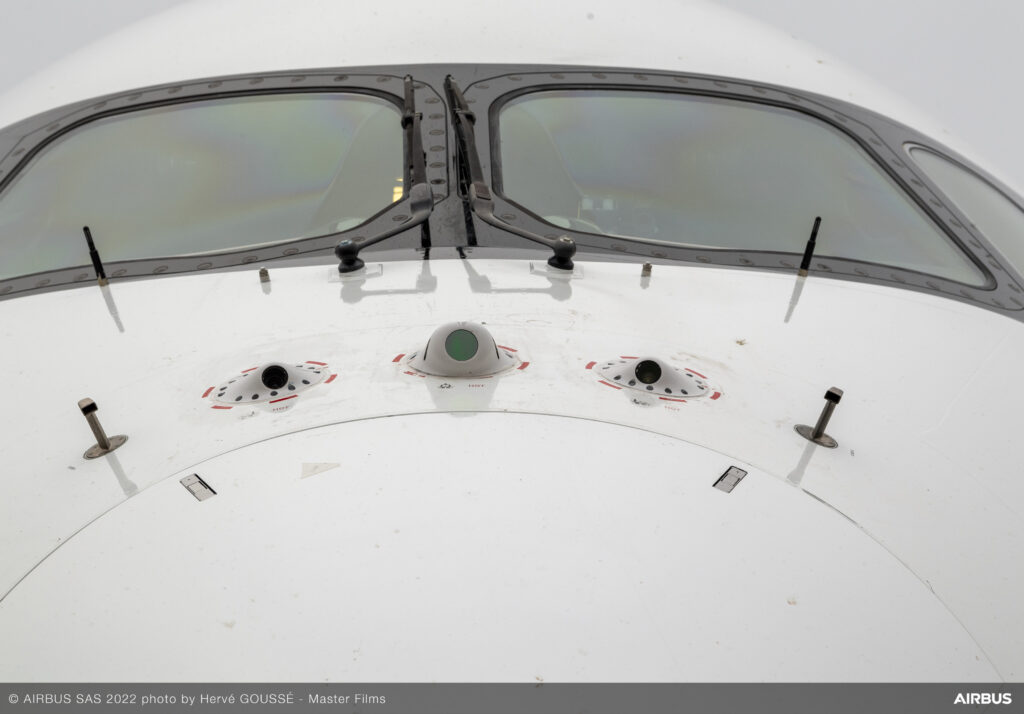Dragonflies can navigate the surrounding landscape thanks to their specially-evolved perception organs. Soon, an Airbus aircraft may be able to do the same.
Biomimicry, or the ability to imitate nature when creating new materials, structures and processes, plays a prominent role in Airbus’ cutting-edge tech projects.
This time it’s the humble dragonfly that serves as a source of inspiration. Airbus UpNext, the innovation arm of the European aircraft manufacturer, has come up with a system that can recognize features of the landscape to help guide the aircraft to its destination.
The DragonFly system can recalculate trajectories in response to changing environments, including weather conditions and the presence of obstacles, as well as communicate with air traffic control and the airline’s operations centre. Airbus’ DragonFly features also include audio alerts, assisted speed control and navigational guidance.
This system could be particularly useful on the rare occasions when a member of the crew becomes incapacitated mid-flight. However, it can also prove its worth in much less dramatic circumstances, for example when a plane is landing or taxiing.
This technology, the most tangible manifestation of which is a set of cameras visible on the outside of the cockpit, is currently being tested on an Airbus A350-1000 aircraft at Toulouse-Blagnac airport.
This is just one of the different initiatives that Airbus is working on in the field of autonomous flight. The aerospace giant is also engaged in ongoing projects in areas such as computer vision-based algorithms, advance landing and taxi assistance.
Autonomy is a frontier tech area that has attracted the efforts of a number of players, amongst them Boeing-backed autonomous eVTOL startup Wisk Aero, navigation tech specialist Garmin which recently introduced its Garmin Autoland system for general aviation, and AI-driven autonomous flight control startup Daedalean.

